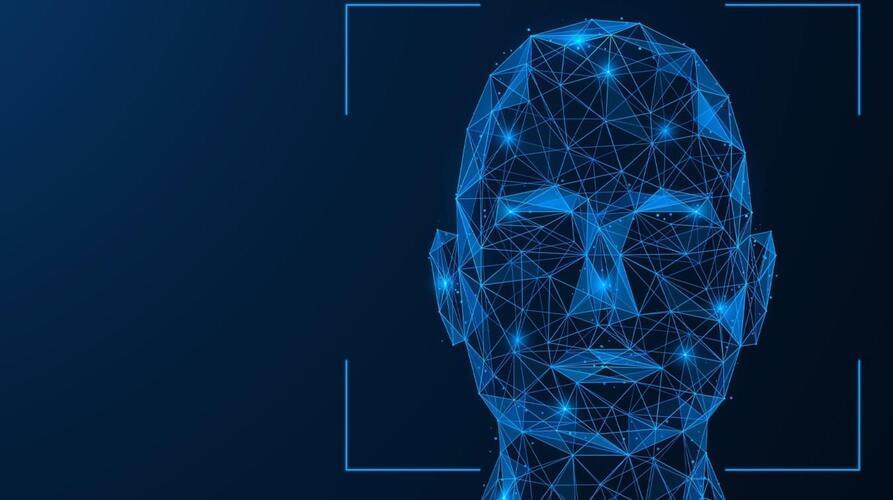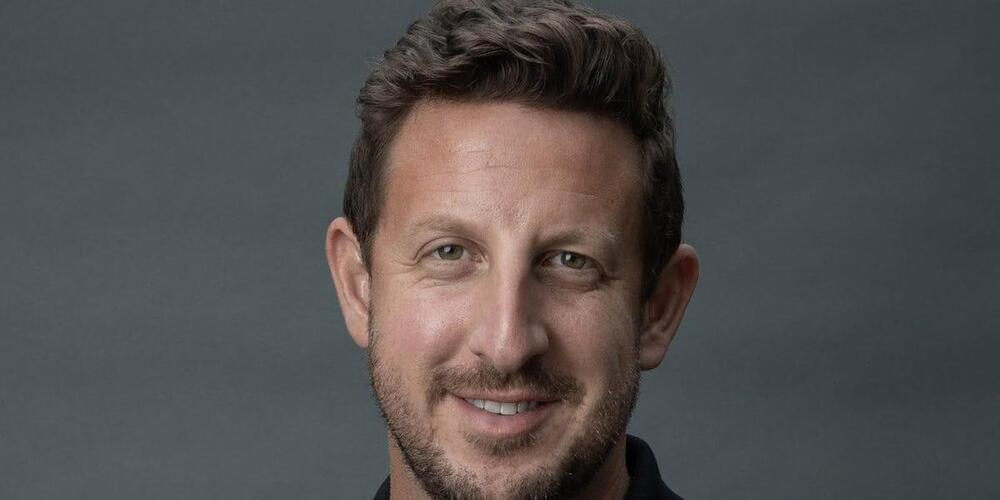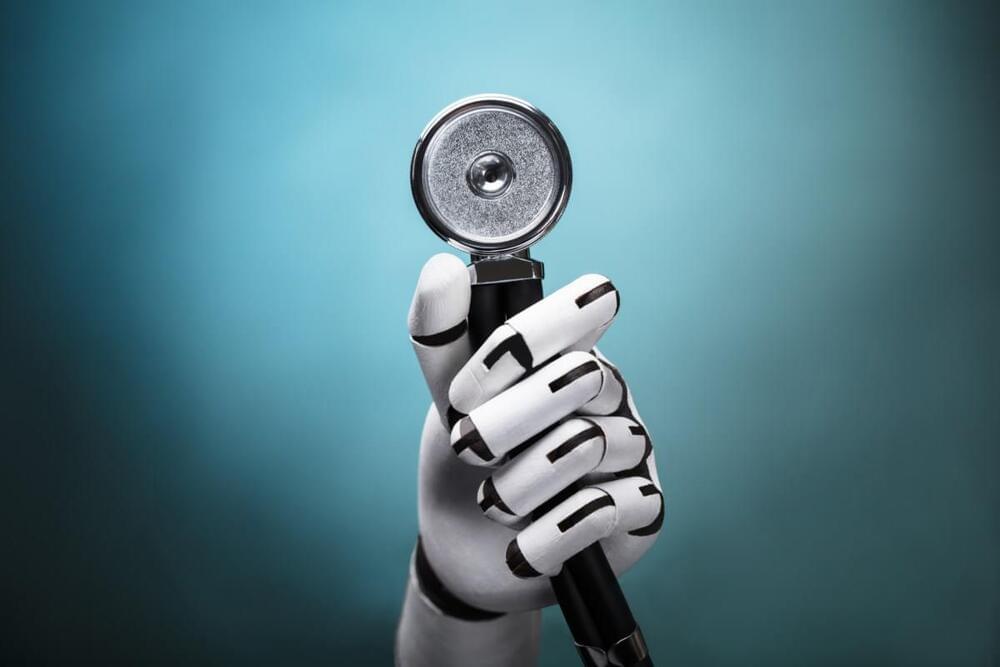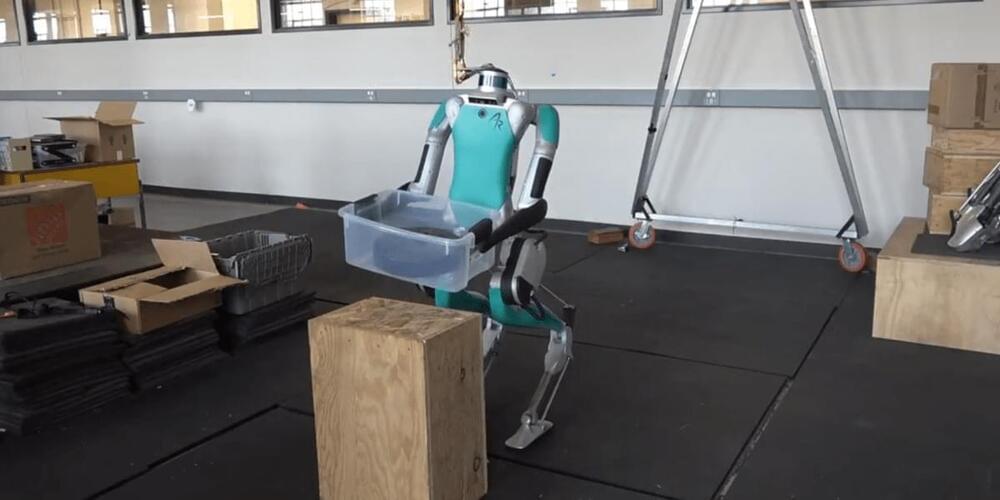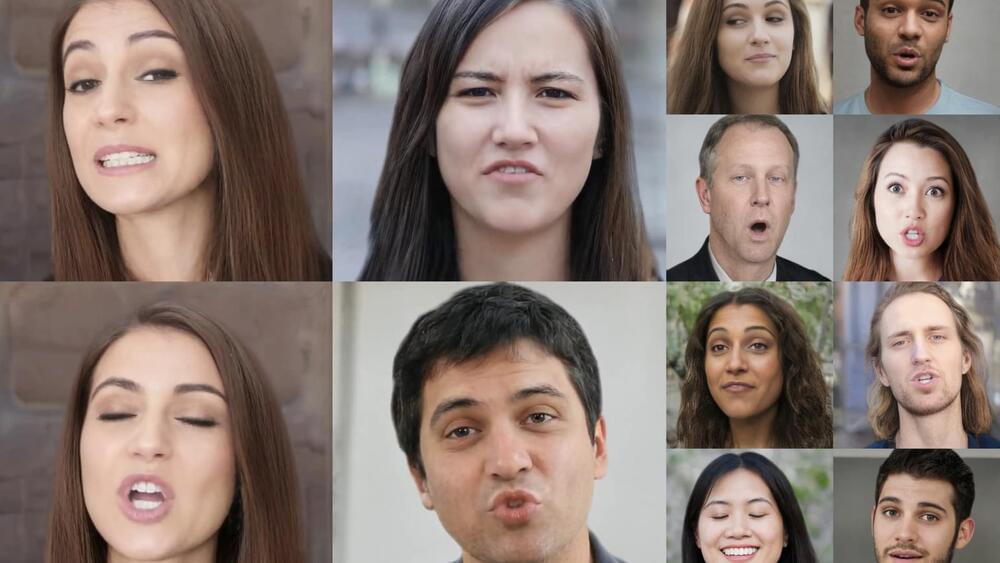A research group from the Ulsan National Institute of Science and Technology (UNIST), led by Professor Jonwoo Jeong of the Department of Physics, has recently discovered a groundbreaking principle of motion at the microscopic scale. Their findings reveal that objects can achieve directed movement simply by periodically changing their sizes within a liquid crystal medium. This innovative discovery holds significant potential for numerous fields of research and could lead to the development of miniature robots in the future.
In their research, the team observed that air bubbles within the liquid crystal could move in one direction by altering their sizes periodically, contrary to the symmetrical growth or contraction typically seen in air bubbles in other mediums. By introducing air bubbles, comparable in size to a human hair, into the liquid crystal and manipulating the pressure, the researchers were able to demonstrate this extraordinary phenomenon.

